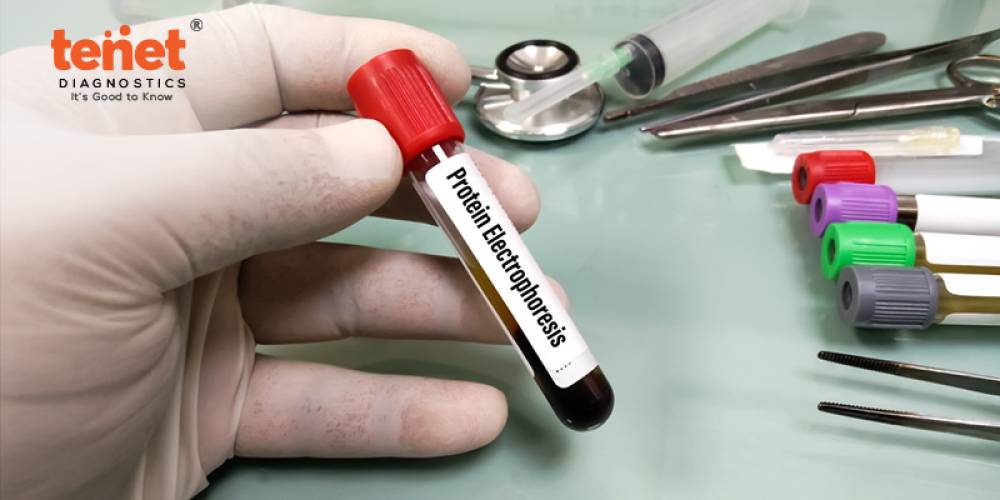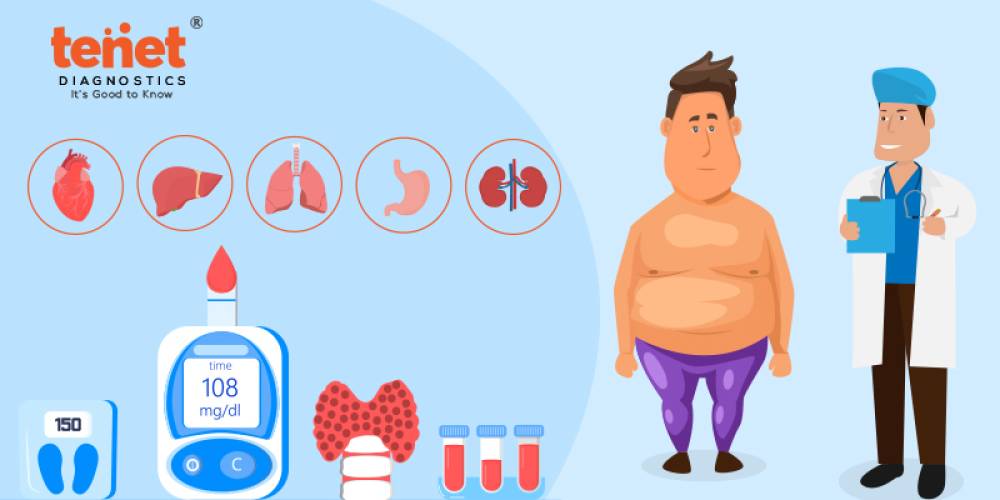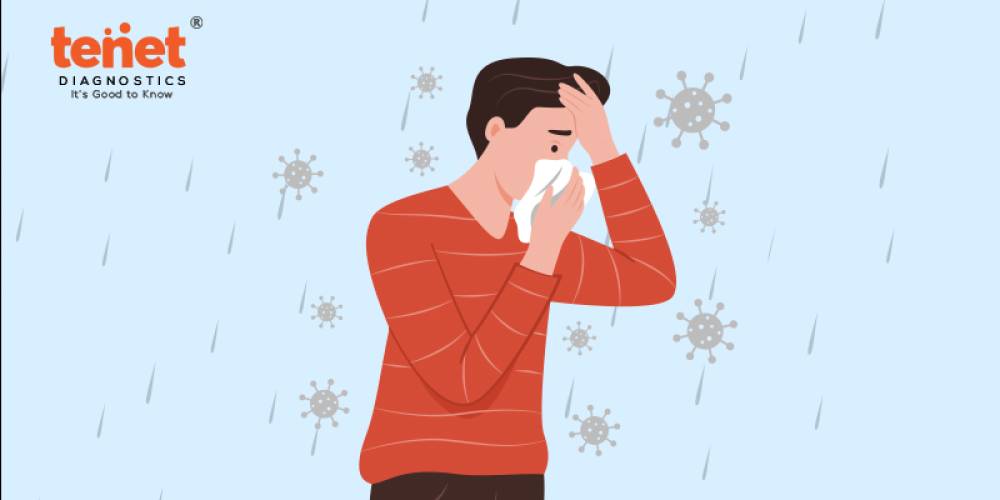Chikungunya is a mosquito-borne virus that can make one experience extreme joint pain along with very high fever and some other symptoms. This disease is carried by the Aedes mosquito. Therefore, it is one of the health threats that rank among the first in the tropical and subtropical areas.
In this article, we will look at the symptoms, causes, diagnosis, treatment, and prevention of Chikungunya. We will also see the key data along with the practical information towards the understanding and better management of Chikungunya.
What is Chikungunya?
Chikungunya is a viral disease whose main route of transmission is via the air and mosquitoes. The virus causing the disease is known as Chikungunya virus and it belongs to RNA group.
Chikungunya comes in three phases: the acute phase (1-2 weeks with high fever and joint pain), the subacute phase (joint pain continues), and the chronic phase (joint pain for months).
One main feature along with the acute phase of the disease is the classic stance that is assumed by the patients, who bend their bodies due to the excruciating pain of the joints.
What are the Signs and Symptoms of Chikungunya?
Chikungunya disease symptoms typically show up 2-12 days after the bite of a mosquito that is infected, so it is correct to say that the incubation period lasts for 2-12 days.
The most seen symptoms are:
- Fever: Sudden rise of high fever with raised body temperature.
- Joint pain: severe at times, crippling, though based upon small joints like wrists, digits, ankles, and feet; it can, however, affect large joints too.
- Muscle Pain: Severe myalgia.
- Headache: Severe and persistent
- Rash: Eruptions over the trunk and extremities
- Fatigue: Very severe, with malaise
- Other Symptoms: Joint swelling, nausea, and rarely, conjunctivitis
How is Chikungunya Caused?
The disease is caused by Chikungunya virus, passed to humans by mosquitoes, mainly Aedes aegypti and Aedes albopictus varieties, through a bite.
Standing water affects the vector's breeding. Which is why we should check and clear our surroundings from stagnant water because this leads to mosquitoes breeding in huge numbers.
How is Chikungunya transmitted or spread?
The virus completes a vicious circle: a mosquito obtains the virus as it blood-feeds on an infected human being, and then itself gives on the virus as it bites another human being.
All the while, this vicious circle operates in heavy mosquito areas with poor preventive measures in place and might cause epidemics.
Diagnosis of Chikungunya
The diagnosis of Chikungunya includes:
- Clinical Assessment: History of travel to endemic areas within the last 2-3 weeks and new onset of symptoms.
- Blood Tests: RT-PCR for the direct detection of viral RNA at an early stage and serologic tests explaining the role of antibody dynamics that detects IgM antibody specific to the virus in patients that are more than a week symptomatic.
- Differential Diagnosis: Ruling out other coexisting diseases that are commonly observed to present with the classic symptoms of dengue and Zika.
Diagnostic Kits and Blood Test for Chikungunya
- RT-PCR Test: This is used for the detection of the virus RNA, mainly early in the stage of the illness.
- IgM Test: to detect the antibodies developed as a result of the infection; useful status beyond the first week.
- Diagnostic Kits: Ready for sharing with health professionals so that they may easily and readily determine the presence of the virus.
Treatment of Chikungunya
As of now, no specific antiviral treatment exists against Chikungunya. Thus, symptomatic treatment is the only form of management which includes rest and fluids.
- Rest and Fluids: Plenty of rest should be taken with adequate fluids.
- Analgesia: Acetaminophen or paracetamol to reduce fever and relieve pain.
- NSAIDs like ibuprofen and aspirin should be avoided unless dengue is ruled out, due to hemorrhagic complications.
Chronic joint pains can be managed and treated with:
- NSAIDs
- Corticosteroids
- Physical therapy
Chikungunya Treatment for Joint Pains
The joint pain due to Chikungunya may be of a severe and chronic nature. The effective management includes:
- Pain Killers: Acetaminophen or Par.
- Anti-inflammatory Drugs: NSAIDs only after Dengue is ruled out.
- Corticosteroids: In more severe or persistent pain.
- Physiotherapy: To enhance joint mobility and decrease carrying pain.
What Diet to follow during Chikungunya?
Role of diet is important for recovery:
- Hydration: Sufficient fluid intake to avoid dehydration.
- Balanced Diet: Add in fruits, green veggies, and low-fat meats in order to build up the Immune system.
- Anti-inflammatory Food: Fatty fish, for example, with flaxseed which is rich in omega-3 fatty acids, reduces the inflammation.
What preventive measures can you take for Chikungunya?
Preventive measures aimed at reducing exposure to mosquitoes.
- Vaccination: A while ago, IXCHIQ was a new approved vaccine in the US for chikungunya.
- Individual protective measures include use of insect repellents and long sleeve shirts and pants, and stay in places with effective air conditioning and proper screens.
- Environmental Control: Cut stagnant water from the breeding places of mosquitoes, which mosquito dwell in and around the houses.
Final Words
Although there is much pain and arthralgia that persists, chikungunya is a self-limiting disease, most patients will fully recover with symptoms and supportive care. Rest, hydration, and pain relief measures are incorporated by acetaminophen and physical therapy in symptomatic management.
Control measures on mosquitoes and personal protective measures help decrease transmission. A diet based on anti-inflammatory nutrition helps in healing.
Much more important management of chikungunya, particularly in travelers to regions endemic to the disease, includes keeping oneself up to date regarding the signs, diagnosis, and preventive strategies. Active measures always help mitigate the impact of the disease effectively.
FAQs
1. Is chikungunya viral?
Yes, chikungunya is an infection due to the chikungunya virus.
2. How to get rid of the pain in the joints due to chikungunya?
Joint pains can be managed by acetaminophen, NSAIDs, corticosteroids, and physical therapy. Use of NSAIDs should be done only after ruling out dengue.
3. What to eat in chikungunya?
Stay well-hydrated, and enjoy a healthy and balanced diet filled with anti-inflammatory foods.
4. How does chikungunya affect the body?
Mostly chikungunya shows acute pain in all joints, feverish feeling, muscular pain, and least disruption or tiredness. Moreover, chronic pain in joints appears in many cases, and that is for months or even years.
5. Is chikungunya conveyed from person to person?
Chikungunya is not directly transmitted from person to person. It is caused by the bite of an infected mosquito.
6. How is chikungunya or dengue virus spread?
Dengue, just like chikungunya, is transmitted by the same infected Aedes mosquitoes.







